 |
Since 1996 ~ Over 15,000 Webpages and Webzines in Archive
Volume 0802
The First and Only Weekly Online Fanzine Devoted to the Life and Works of Edgar Rice Burroughs
Since 1996 ~ Over 15,000 Webpages and Webzines in Archive
Volume 0802

|
A Collector's
|
presents
The ERBzine Comics Summaries Project
Wherein we attempt to summarize the many stories inspired by ERB characters that are found in newspaper dailies, Sunday pages, trading cards, comic books, premiums, graphic novels, TV animated series, etc.

PHASE ONE:
HAL FOSTER TARZAN SUNDAY PAGESTarzan® the famous jungle man created by Edgar Rice Burroughs, is one of the most widely known characters in modern fiction, having appeared in books, movies and on television. A legendary hero, Tarzan enjoys the distinction of starring in the first adventure comic strip, the first continuity strip, and the first strip to appeal to generation after generation for more than seven decades.
The Lord of the Jungle made his first appearance in a daily comic strip in 1929. In 1930 United Feature Syndicate (UFS) took over the syndication of Tarzan and launched the first Sunday comic in 1931. UFS continues to syndicate Tarzan as newly-created Sunday comics and classic dailies.
SUNDAY TARZAN STRIPS
Rex Maxon #1 - March 15, 1931 to #28 - September 20, 1931
Hal Foster #29 - September 27, 1931 to #321 - May 2, 1937
Burne Hogarth #322 May 9, 1937 to #768 - November 25, 1945
Rubimore (Ruben Moreira) #769 - Dec. 2, 1945 to #856 - Aug. 3, 1947
Burne Hogarth #857 - August 10, 1947 to #1015 - August 20, 1950
Bob Lubbers #1016 - August 27, 1950 to #1198 - February 21, 1954
John Celardo #1199 - February 28, 1954 to #1922 - January 7, 1968
Russ Manning #1923 - January 14, 1968 to 1979
Gil Kane 1979 - 1981
Mike Grell 1981 - 1983
Gray Morrow 1983 to 2001
|
go to Bill Hillman's ERB and the Press and The ERBzine Comics Encyclopedia |
Read the United Features Tarzan Sunday and Daily strips
http://www.unitedmedia.com/comics/tarzan/

THE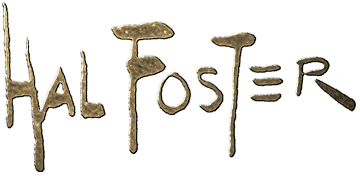
YEARS
Harold Rudolph Foster was born in Halifax, Nova Scotia, on August 16, 1892. Many of his English-Prussian ancestors had been seafarers from whom Hal inherited a love of the sea, the outdoors, and adventure. At eight-years-old, he captained a 12-foot raft (actually a plank) across Halifax Harbor. By ten he was skippering a 30-foot sloop in the Atlantic. |

|
THE HAL FOSTER YEARS
September 27, 1931 to May 2,
1937
CONTENTS
A PICTORIAL HISTORY OF TARZAN
OF THE APES from 1929
by Edgar Rice Burroughs
PICTURIZED BY HAROLD FOSTER
Starting at:
ERBzine
1602
![]()
Other
ERB Comics References
in our
ERB Cosmos
![]()
|
Intro |
Text |
Text |
Text |
Text |
Text |
Text |
Text |
Text |
Text |
Text |
Text |
Text |
Text |
Text |
Text |
Text Only |

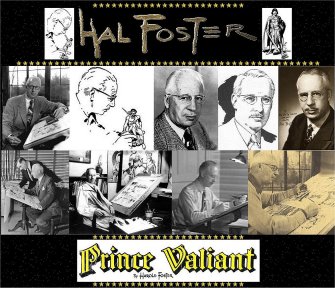
Poster | Web | Card | Thumbnail |
Tarzan Summaries 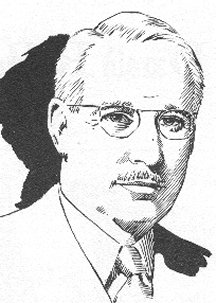 |
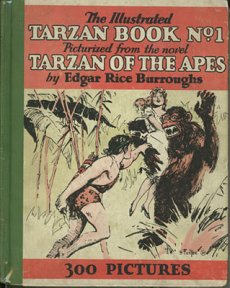
1929 ~ 300 Foster Illos |

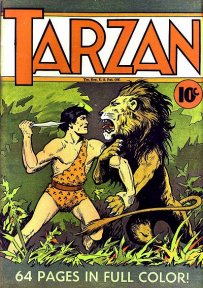
The Egyptian Saga
The Hal Foster Sunday Pages
ERBzine
4396
ERBzine
4397
ERBzine
4398

![]()
Newspaper Clipping
One
man's valiant work to save Hal Foster legacy
![]()
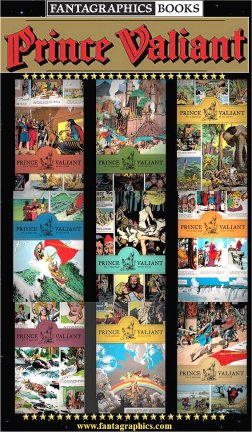 .
.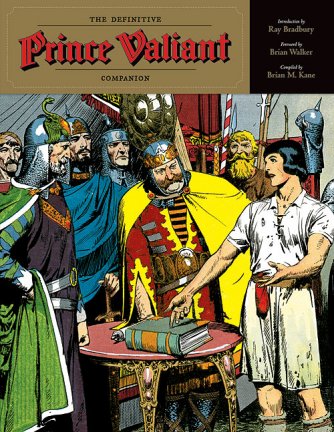
![]()
The
Fantastic Worlds of Edgar Rice Burroughs
![]()
![]()
![]()
![]()

![]()
BILL
HILLMAN
Visit
our thousands of other sites at:
BILL
AND SUE-ON HILLMAN ECLECTIC STUDIO
ERB
Text, ERB Images and Tarzan® are ©Edgar Rice Burroughs, Inc.-
All Rights Reserved.
All
Original Work ©1996-2017 by Bill Hillman and/or Contributing Authors/Owners
No part
of this web site may be reproduced without permission from the respective
owners.